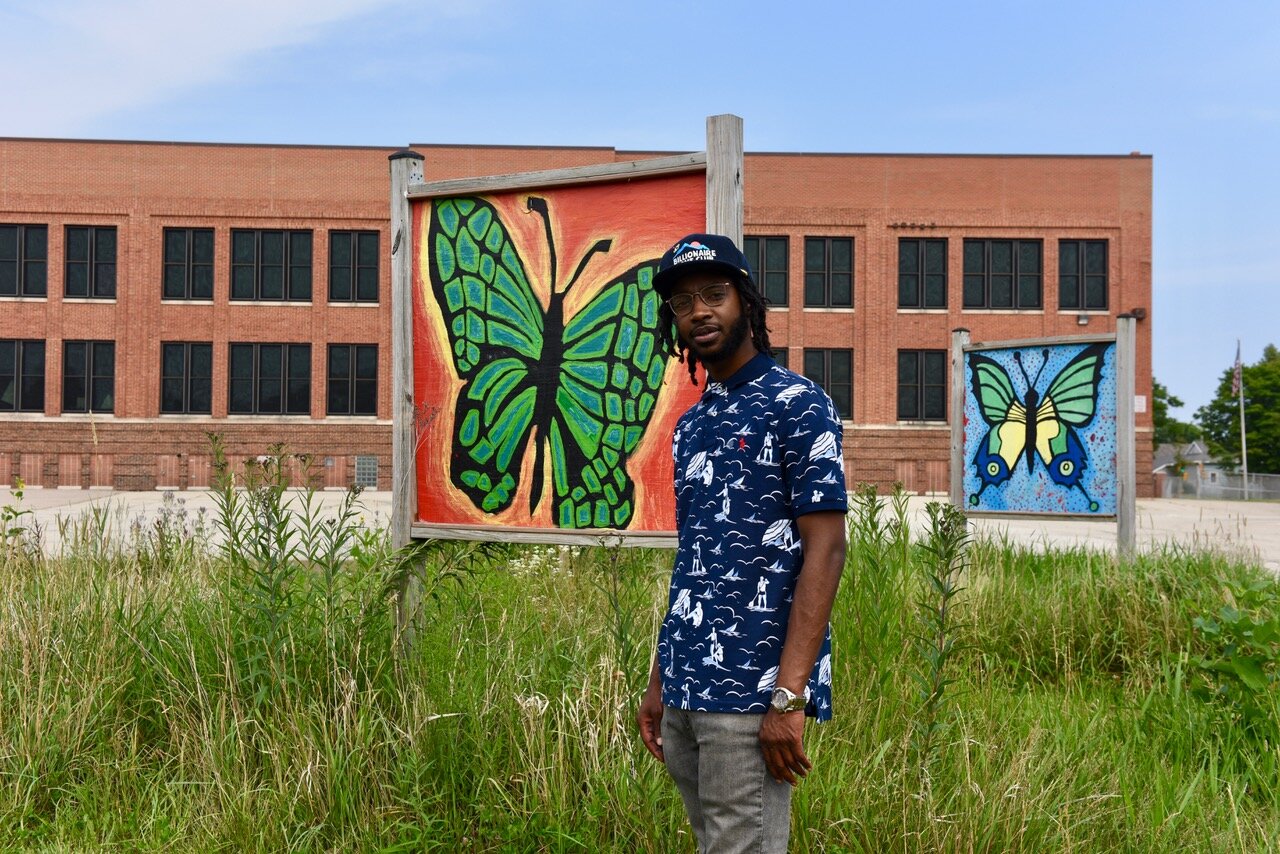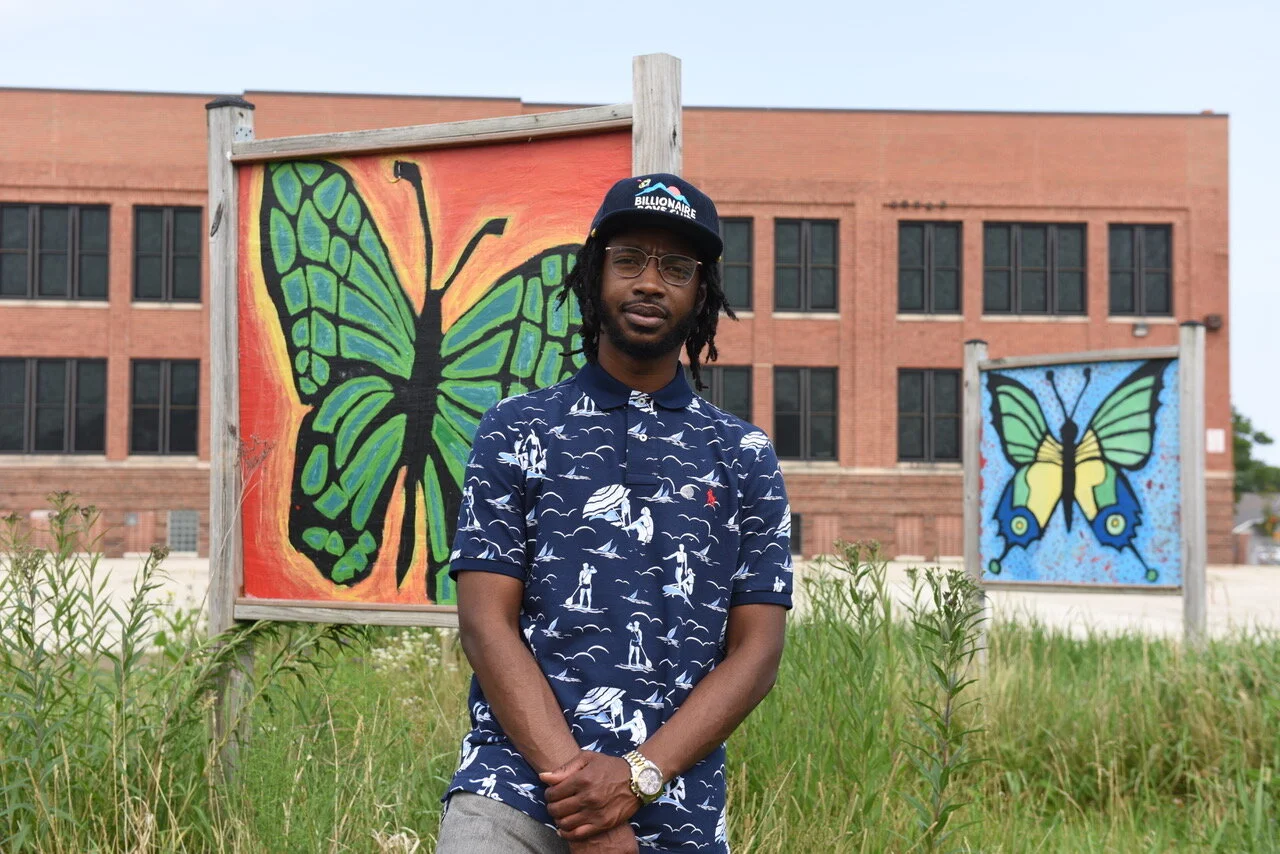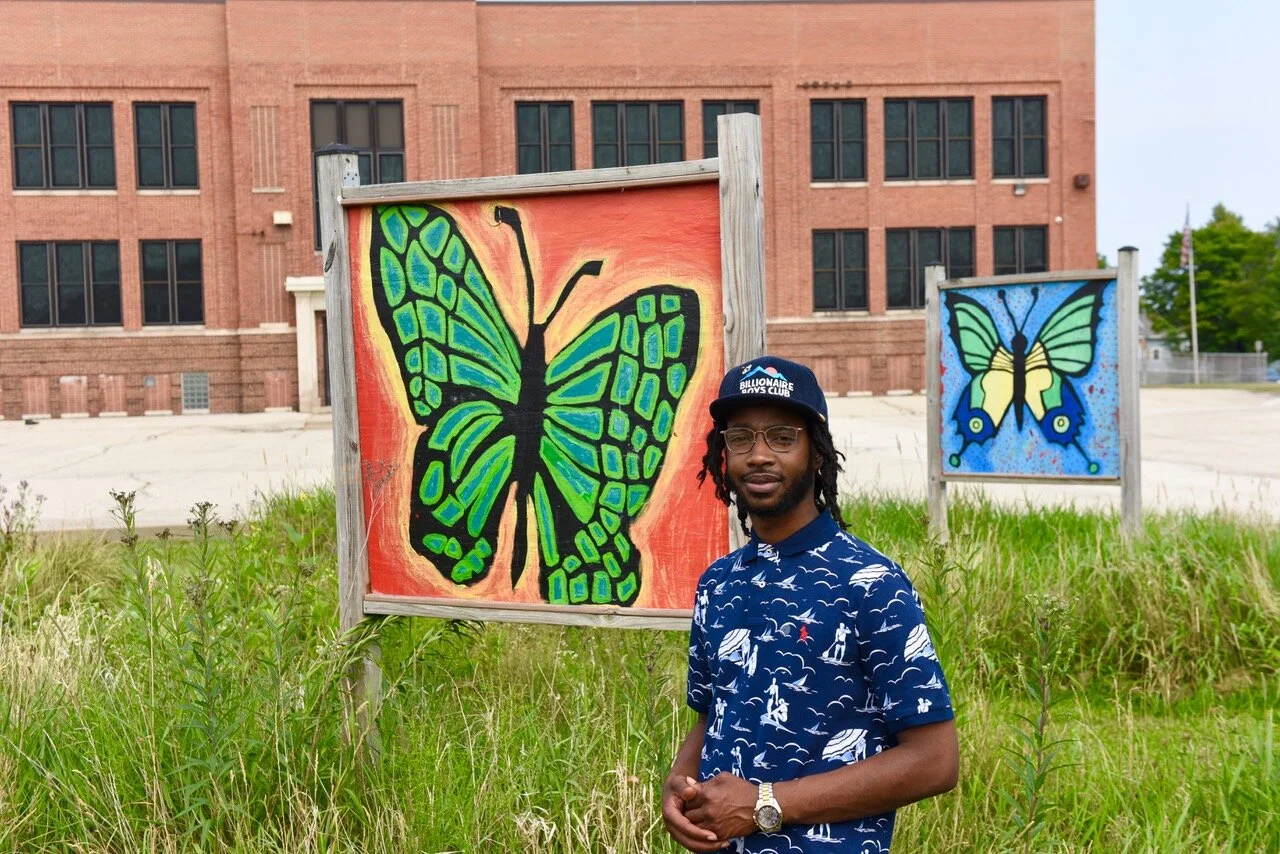When it comes to our education system, it’s time to let young people lead the way

“Listen to the kids bro…” – Kanye West.
There’s a lot to process from the COVID-19 pandemic. Even while people around the globe did their best to survive the unknown, unfriendly reminders of division, divisive tactics and click bait headlines reminded us that we have work to do.
Necessary work remains, specifically for Milwaukee County. This work requires self-reflection and soul searching. This is the kind of work that drains your energy and brings you to wits’ end. I’m talking about the systemic dismantling work that needs an all hands on deck effort here in Milwaukee.
I spend the majority of my functioning hours in the education space where I’ve witnessed, experienced and had the opportunity to advocate for students and families, as well as build capacities of youth workers. I’ve also unintentionally contributed to flaws and brokenness within the public education space.
The reality is, re-imagining public education is done in the trenches from within a broken and flawed system that’s engulfed in whiteness. And I can honestly say that a great deal of the brokenness and inequities that took center stage were only magnified by the pandemic, not created as a result of the virus.
But what were we able to learn?
I believe the biggest thing revealed was the varying level of education quality delivered in different institutions across Southeastern Wisconsin. Different schools have different standards, different ideas of success, different ideologies to get to said levels of success and building cultures that contribute to learning outcomes.
I think we found our baseline expectations locally are very low, and primarily, expectations around Black and brown young boys is atrociously low. Our actions during this time — or lack thereof — demonstrated this reality.
I followed closely during MPS school board hearings as the district gathered community input for a potential return to in-person learning. There was a public outcry over other school districts continuing socially-distanced sporting and club activities, while MPS sanctioned no sporting activities at the time.
Sports and extracurricular activities offer a great deal of social and emotional well-being and support for youth in a district that serves the largest population of Black and brown families in the state of Wisconsin. We know that students within the aforementioned demographic have a higher likelihood of enduring traumatic situations while still needing to perform in the classroom (yet we have the audacity to talk about this concept of an achievement gap by racial makeup).
While I was saddened that no action was taken around sports and extracurriculars, I wasn’t surprised.
In that conversation, I was excited and optimistic about parents and teachers advocating for sports to continue, but it also saddened me that some felt as if the only path to the post-secondary landscape for our young people is by way of an athletic scholarship.
I don’t like what that says about our academic rigor. I don’t like what that says about how we prepare our students for the next level.
The district founded the Black and Latino Male Achievement office (BLMA) to directly combat inequities, but the proper resources and funding have yet to be properly allocated to that office since its inception in 2017. With equity work in Milwaukee, especially when that work is developed by the talents of Black women, that work is minimized and its impact is downplayed.
I believe there are intentional efforts to keep families uniformed and the voices of young people unheard. Why must it be so difficult to get youth and families at our decision-making tables? How long until we envision true and authentic engagement as more than just survey responses?
There seems to be a fear of community voices at the table because it would mean acknowledging mistakes and shortcomings, as well as embracing the accountability that our communities and families deserve. That disconnect is haunting me as planning is in full effect for the 2021-2022 school year following the wildest ride of my professional career.
The community has lost hope in our public education system. And our current structures give little reason for the hope to be restored. Successes feel like one-off situations. Wins happen in silos. Best practices and collaboration grow increasingly difficult because of organizational culture. Teacher burnout is real. Student and family burnout is real.
In spite of all this, there is also a push for impactful changes. An energy brewing that will no longer accept mediocracy as a norm. An energy that deems performative actions within the education space NOT ENOUGH.
It is inspiring that performative actions are not enough for this generation of young people. Historically, effective movements are youth-led and we’ve begun to see a generation being activated, being drawn to utilize their strengths, talents and gifts to organize. To push for change.
COVID-19 did its part to unify many like-minded individuals in a heightened sense of urgency — how we educate became a conversation of life or death. I think somewhere along the way the adults got complacent and content, but the stakes finally feel high for everyone.
I’ve seen young people pushed us to think this way.
Through the pandemic, young people got ethnic studies reinstated into classroom curriculum. Young people ended MPD’s contract with MPS, disrupting the school-to-prison pipeline. Young people advocated for better quality school lunch. Young people had hydration stations installed in buildings when the CDC mandated all water fountains be shut down to keep social distancing protocol in place. Young people advocated for the use of restorative practices and that anti-racist education trainings be offered to educators.
And these young people were not alone. They had the help and mentorship of great organizations and staples to our communities like Leaders Igniting Transformation, 414LIFE, True Skool, We Got This, Violence Free Zone, BLMA, American Civil Liberties Union, Urban Underground and many others locally-grown organizations that have the community’s trust.
What’s behind this “magical” way of operating that can produce so much change? Simply engaging individuals who are impacted the most with making decisions: parents and families, students, community partners and residents and staff. It’s decision-making led by stakeholders that are fully invested in the pot.
If I’m allowed to radically dream about HOW we need to navigate education moving forward, it is time to allow youth to be the co-creators of their learning journeys. We need more effective ways to gather input from youth, but more importantly, involve youth creating solutions. Action plans should have space where youth are present and held accountable to deliverables as well.
We need to explore how we can intentionally connect youth with mentors. Every child should be connected to at least three community mentors throughout their K-12 experience to help with a combination of life skills, academic progression, career exploration and development of social-emotional wellbeing.
We need to create pipelines that encourage students to pursue careers in education. Each year, we graduate thousands of students who are capable, bright and willing to contribute in our schools. At the same time, our schools’ largest obstacles come from staff vacancies or a shortage of people power. To give our schools a fighting chance, we need to keep folks excited and proud of their education, retaining talent and contributors to Milwaukee’s tax base.
The only real change comes from inside. It starts with a radical mindset. It starts with the audacity to hope for something greater.
This piece was originally published by MILWAUKEE NEIGHBORHOOD NEWS SERVICE; can also be found published at URBAN MILWAUKEE. All photos provided were captured & provided by SUE VILET.


